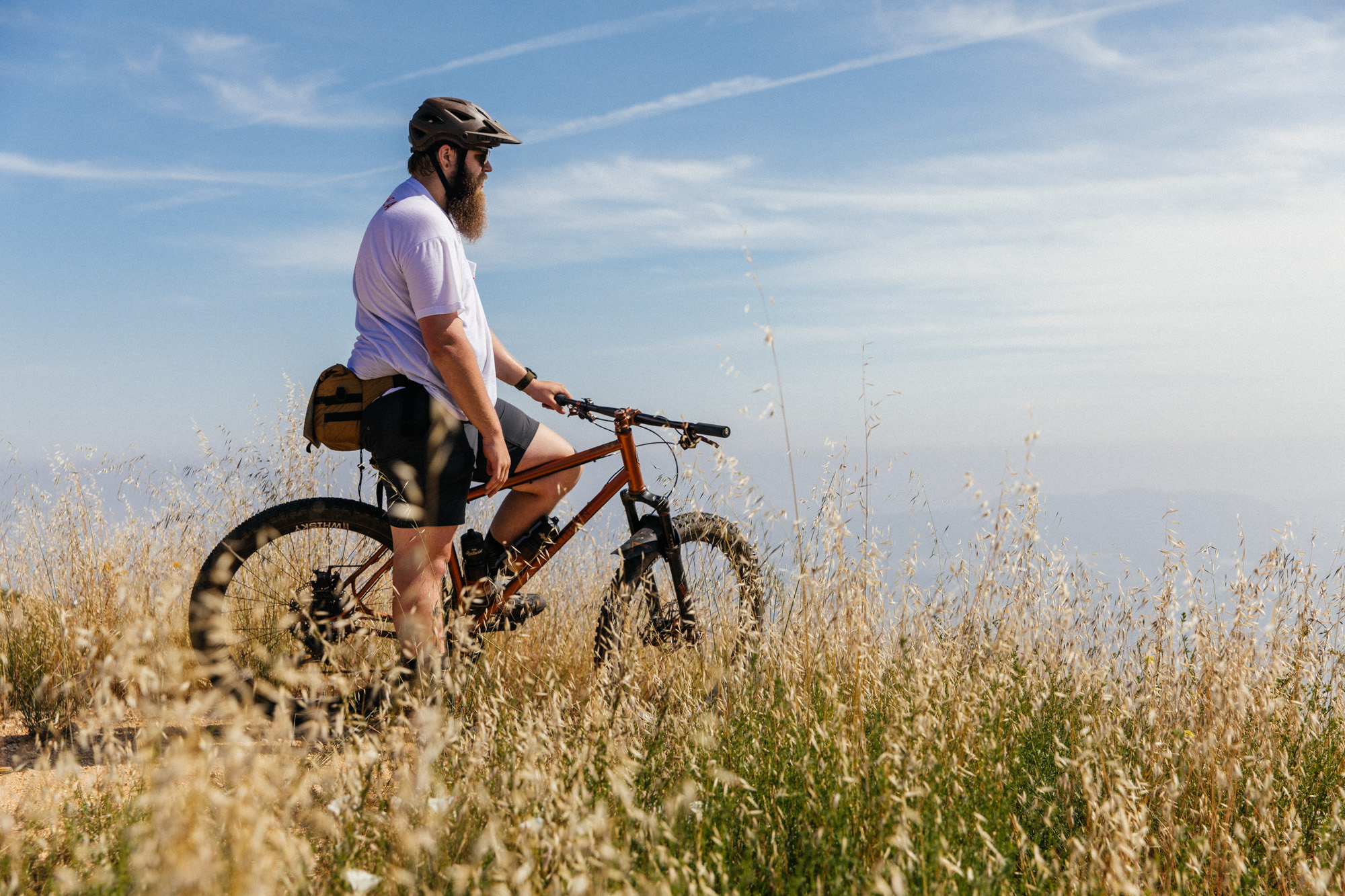Cycling is not only a fantastic way to stay fit and enjoy the outdoors, but it's also an eco-friendly mode of transportation. However, ensuring safety on the road is paramount. In this guide, we'll walk you through the essentials of safe cycling, providing you with the knowledge and confidence to navigate the streets with ease.

Selecting the Right Gear
Before you set off on your cycling adventure, it's crucial to equip yourself with the right gear. At the forefront of this is a well-fitted helmet. This piece of equipment can make all the difference in case of an accident. Additionally, consider investing in gloves, reflective clothing, and other protective gear to enhance your safety.
Pre-Ride Safety Check
Before every ride, take a few minutes to perform a basic safety check on your bike. Ensure that the brakes, tires, and gears are functioning smoothly. Also, check for any loose bolts or parts that may need tightening. This routine check can prevent potential accidents caused by mechanical issues. In addition, we recommend that you familiarize yourself with tips on how to avoid cycling injuries.
Understanding Traffic Rules
Cyclists are considered vehicles on the road, which means they must adhere to traffic rules. This includes stopping at stop signs, obeying traffic lights, and yielding the right of way when necessary. Familiarize yourself with these rules to ensure a smooth and safe journey.
Mastering Defensive Cycling Techniques
Defensive cycling involves anticipating potential dangers and taking proactive measures to avoid them. For example, always assume that drivers may not see you, especially at intersections. Make eye contact, use hand signals, and be prepared to react swiftly to ensure your safety.
Safe Riding Environments
When planning your routes, prioritize cycling-friendly environments. Look for roads with designated bike lanes or paths. These areas provide a safer space for cyclists and reduce the likelihood of accidents with vehicles.
Weather Considerations
Cycling in different weather conditions requires specific precautions. On rainy days, ensure your brakes are functioning well for optimal stopping power. In snowy or icy conditions, reduce your speed and increase your following distance to allow for extra braking time.
Night Riding Safety
Nighttime cycling can be a delightful experience, but it requires extra precautions. Equip your bike with bright front and rear lights, as well as reflective gear to ensure you're visible to drivers. Always choose well-lit routes and exercise extra vigilance.
Interactions with Motorists
Clear communication with drivers is crucial for safe cycling. Use hand signals to indicate your intentions and make eye contact whenever possible. Remember that assertive, not aggressive, behavior is key to navigating traffic harmoniously. In addition, we think you will be interested to know some interesting and proven facts about cycling.
Conclusion
By following these guidelines, you're well on your way to becoming a confident and safe cyclist. Remember, safety should always be your top priority. Pedal with confidence, and enjoy the many benefits that cycling has to offer!
Incorporate these practices into your cycling routine, and you'll not only have an enjoyable experience but also ensure your safety on the road. Happy cycling!

